Guinea Pig Lookalikes, Elephant Cousins: Rock Hyraxes
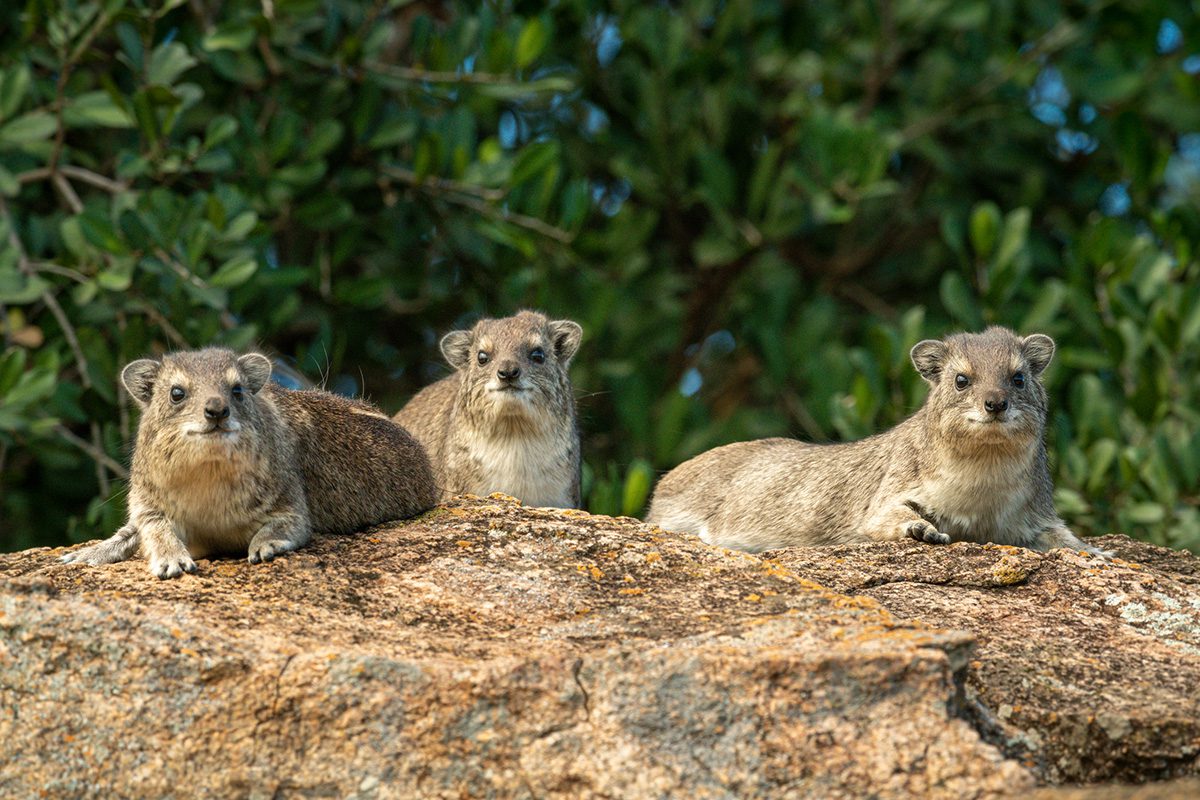
We’ve all thought it before, at the big extended-family reunion, or the more-the-merrier holiday celebration or wedding: “am I really related to THAT person? We don’t seem to have anything in common!”
Undoubtedly when the hyrax runs into his cousin the elephant, both of them are thinking to themselves “really? You’re a what-level cousin, now?” But believe it or not, this small, guinea-pig-like creature is not only an elephant relation, it’s the elephant’s closest living relative!
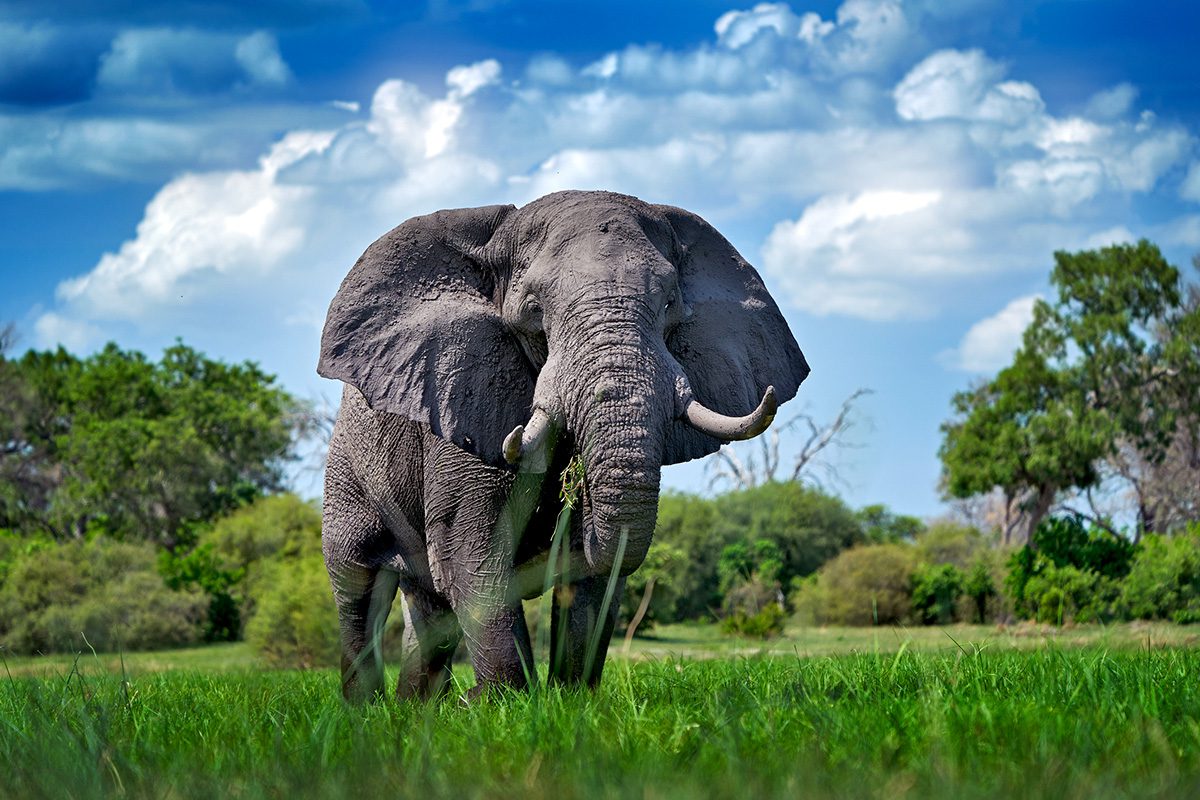
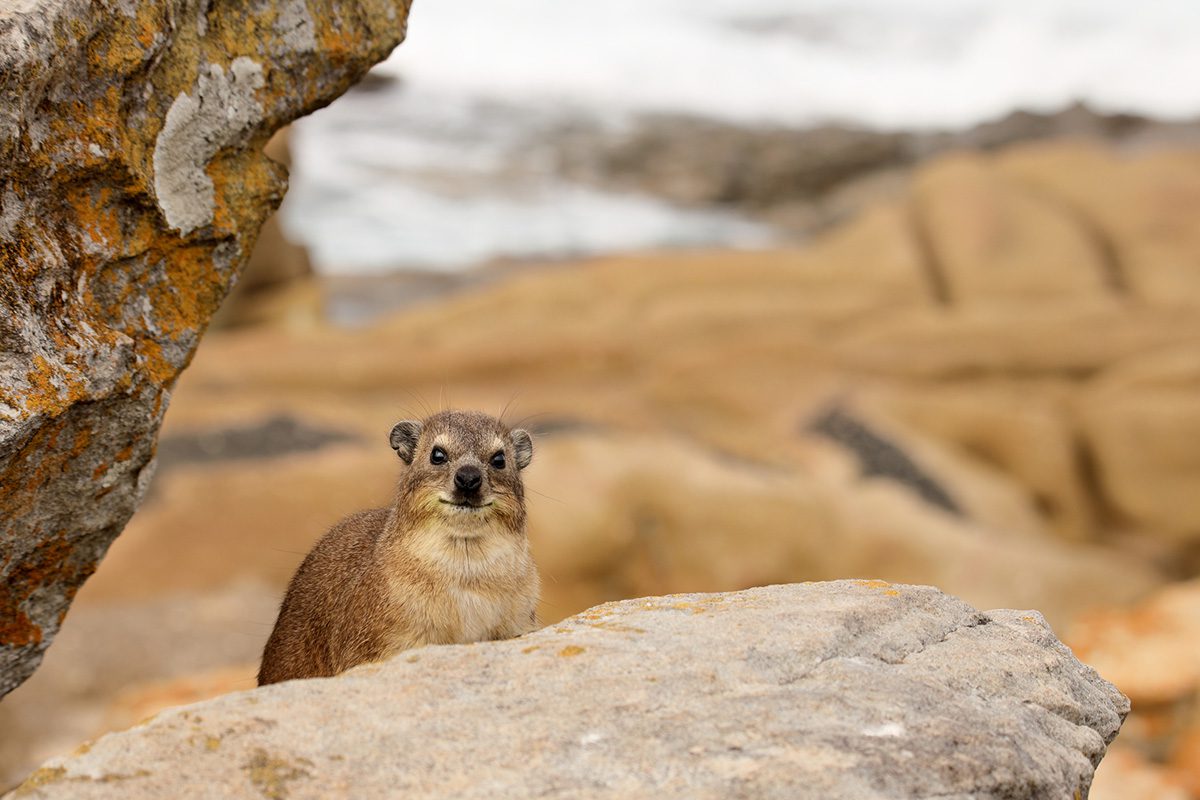
Though there are some (glaring) superficial differences between the two species, many of their features are more similar than you may guess.
First off, those incisors aren’t continuously-growing rodent teeth, they’re more like mini-tusks, downsized to match the hyrax’s diminutive stature.
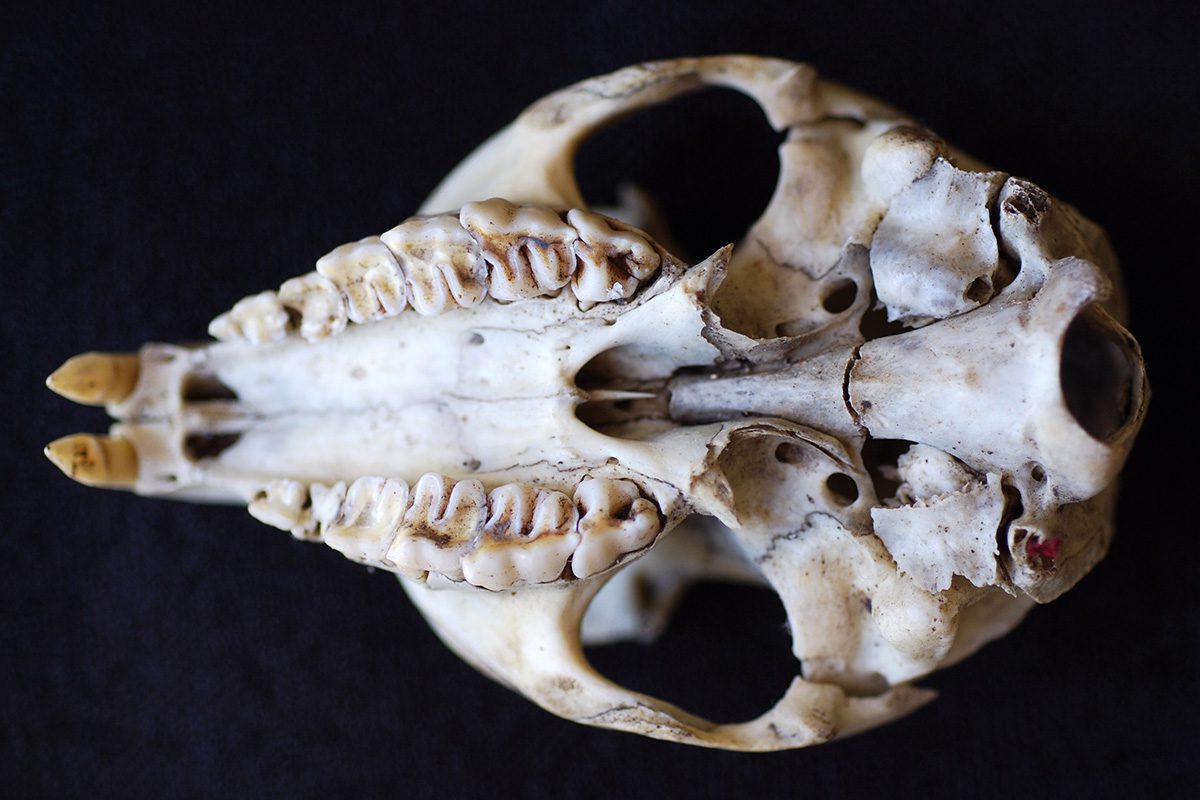
The hyrax’s feet, while smaller, are also noticeably elephantine. Both creatures have extremely sensitive footpads, and like all four of an elephant’s feet, the hyrax’s back feet are what’s known as “semi-digitigrade,” which means the bone structure of the foot essentially puts the animal on constant tiptoe.
And, like an elephant, they would hear you even if you were on tiptoe; hyrax hearing is exceptionally sharp.
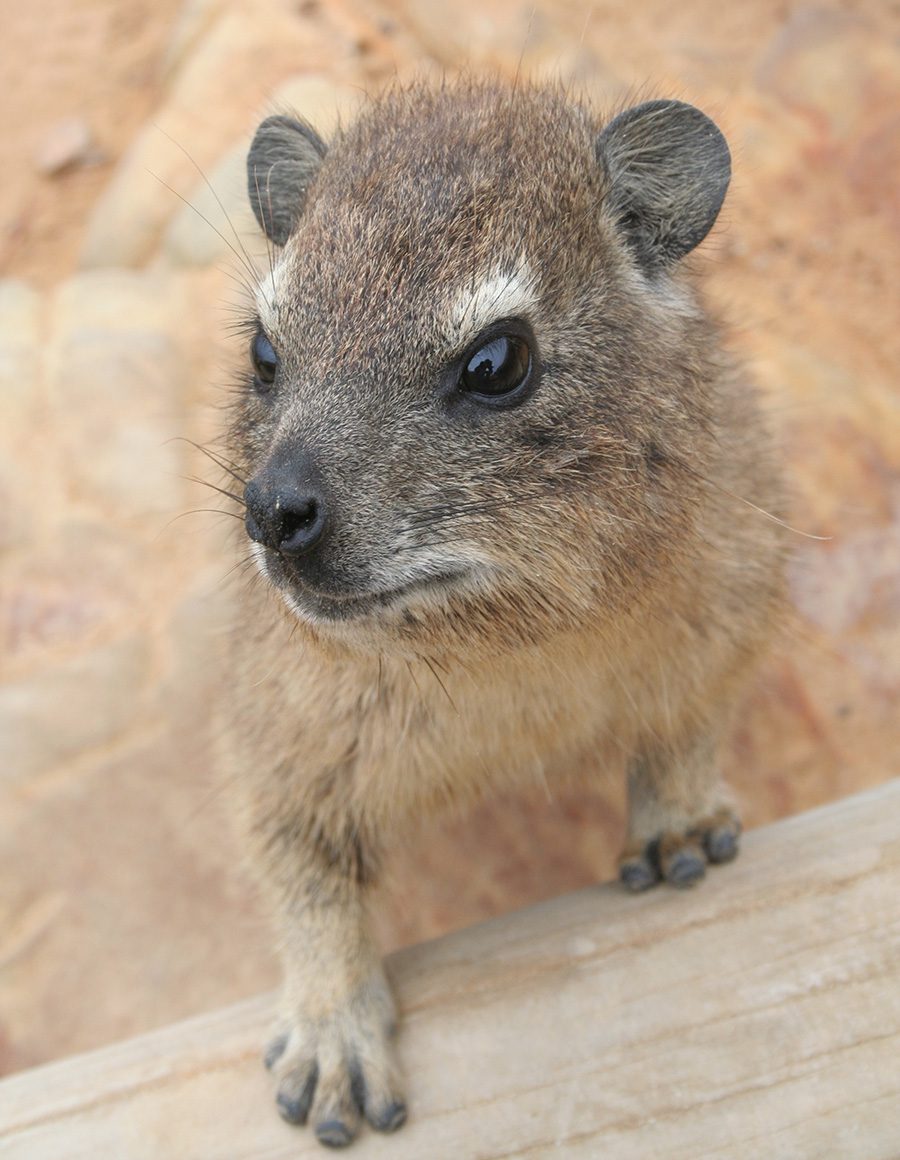
The similarities aren’t just surface-level, though. Hyraxes have shown significantly higher brain function than animals of a similar size, and have excellent memories, like elephants (infamously) do.
Even more strangely, hyrax pregnancies last for 7-8 months. That may not seem comparable to an elephant pregnancy, which runs between 21 and 22 months, but it’s remarkable when you consider that the duration of pregnancy generally corresponds to an animal’s size. Domestic cats (similar in length and weight to hyraxes) are pregnant for right around 2 months.
Somewhere around 30-40 million years ago, hyrax ancestors dominated much of Africa, and some grew as large as small horses. Over time, however, other grazers proliferated, and hyraxes were forced to adapt. The ones we know today are the remnants of a line that evolved to live in more marginal regions (like rocks and trees). Other groups, however, seem to have taken to the water, ultimately evolving into modern day elephants.
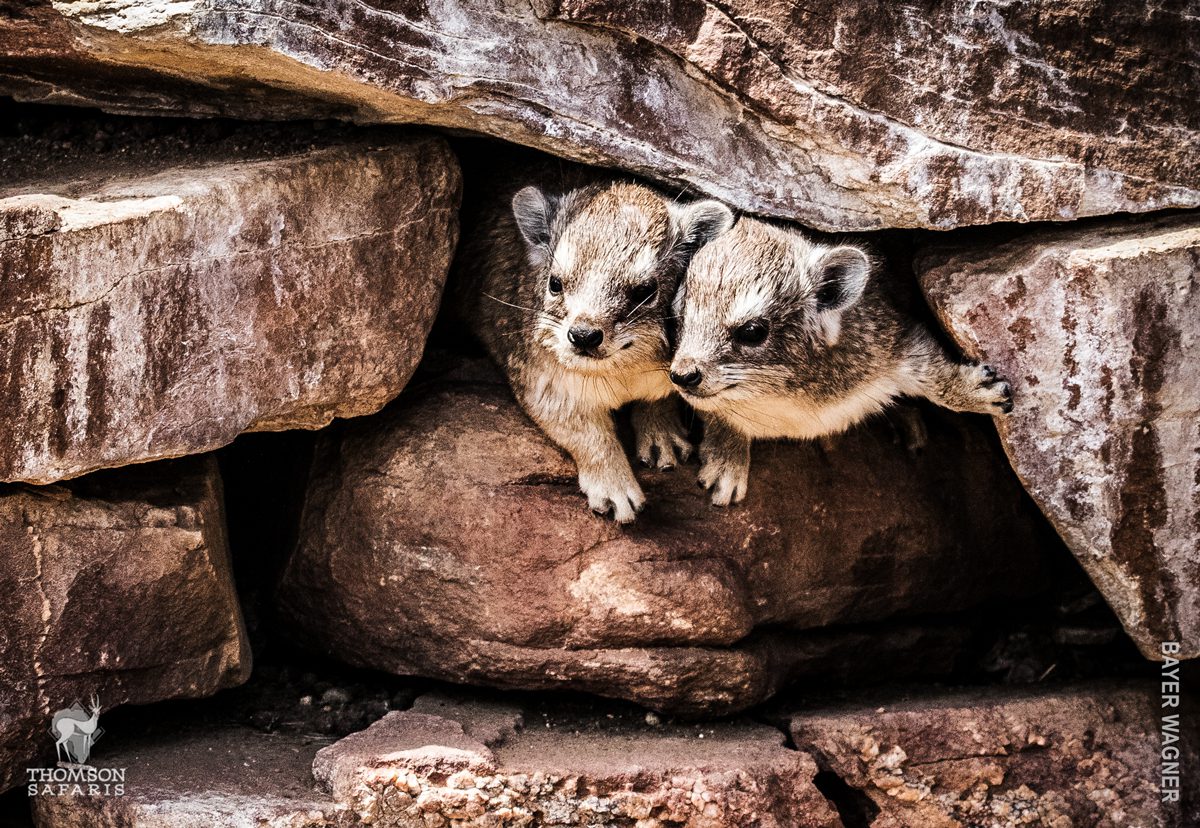
There’s another branch off the hyrax family tree, however, that scientists can’t quite place: the sirenians, an order that includes manatees and dugongs. Some believe sirenians are more closely related to elephants than hyraxes are, but DNA evidence is inconclusive.
Just to be safe, all three groups should probably get invites to the next reunion.

